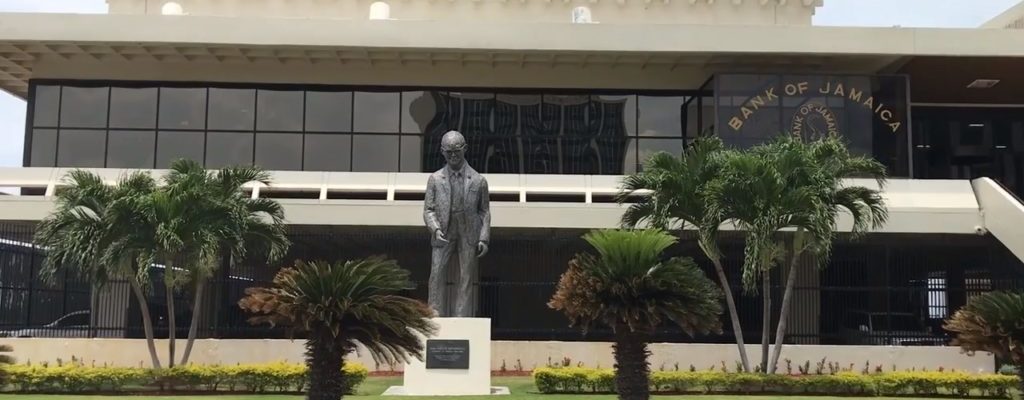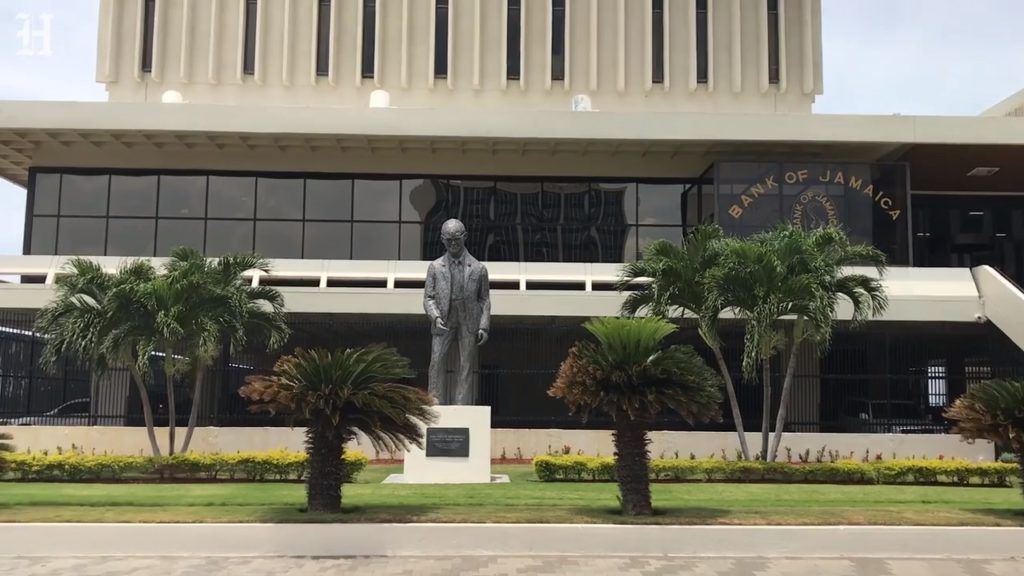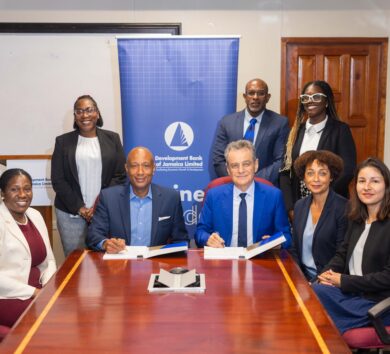

Durrant Pate/Contributor
There was no intervention in the local foreign exchange (FX) market by the Bank of Jamaica (BOJ) but the local currency slightly appreciated.
The Jamaican dollar appreciated by 0.03 per cent relative to the USD, week over week with the ‘green back’ selling rate moving from J$152.74 on September 16, 2022, to J$152.69 on September 23, 2022. This marginal appreciation continues to be influenced by the BOJ’s intervention in the market, which increased the supply of USD in the market.
While there was no intervention from BOJ in the FX market last week, during the prior week the Central Bank intervened providing US$60 million during that week. In the meantime, the USD money market remains stable and moderately liquid.
Broker market demand for USD funding remains at 30-days and longer-tenured funds. Turning to the money market, although there was an increase in the aggregate balances held by deposit-taking institutions (DTIs), Jamaican dollar liquidity remains tight.
High levels of market competition
As such, the market continued to see high levels of competition for cash by market players in order to maintain liquid asset ratios and stay sufficiently liquid. Therefore, rates are expected to remain elevated.
As at September 22, 2022, a total of J$29.68 billion was in the market and was held primarily by a few DTIs, as represented by the BOJ’s aggregated current balances. The aggregated closing current account balance for DTIs increased by J$11.1 billion (59.74 per cent) week-over-week, moving from J$18.58 billion on September 15.
Market players were mainly square last week with very limited overnight lending. The average yield from BOJ’s competitive price auction continued its downward trend to 7.56 per cent relative to 7.74 per cent in the prior week. Bids received totalled J$40.26 billion relative to an offer size of J$22.5 billion with the highest bid rate for full allocation standing at 7.75 per cent.

It is believed that this downward trend in the average yield is as a result of conservative bids by institutional investors with a demand for this type of security, as the market approaches the end of a quarter. Institutional investors usually try to bid conservatively near the end of the quarter to ensure an allocation in order to meet their regulatory ratios.
In August the BOJ raised its policy rate to 6.00 per cent, which came after a decline in inflation to 10.2 per cent in July from 10.9 per cent in June. Inflation remained at 10.2 per cent in August.
Although it appears that inflation has plateaued, it is still outside the BOJ’s 4.0 per cent to 6.0 per cent target range. As a result, to bring inflation down further, it is anticipated that the BOJ will implement another rate hike when it announces its policy rate decision on Thursday, September 29.
This is expected to keep money market liquidity tight.







Comments